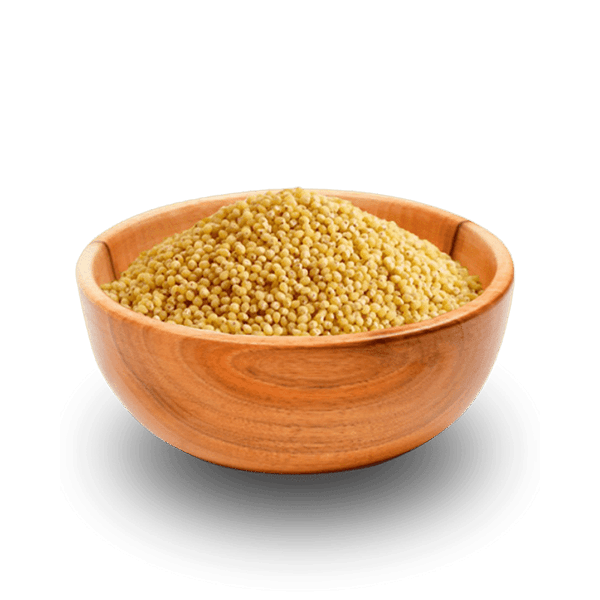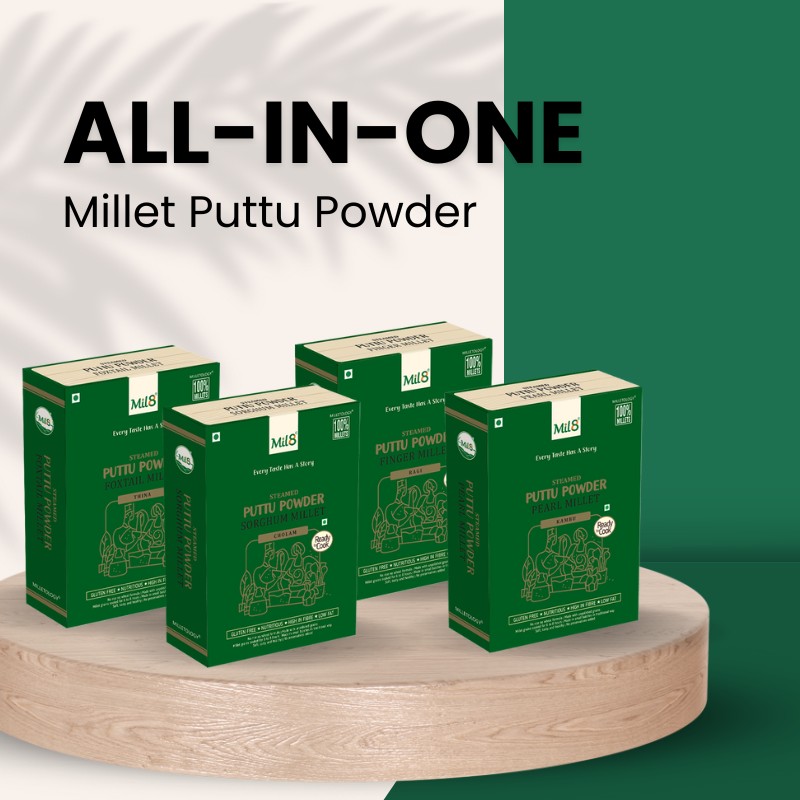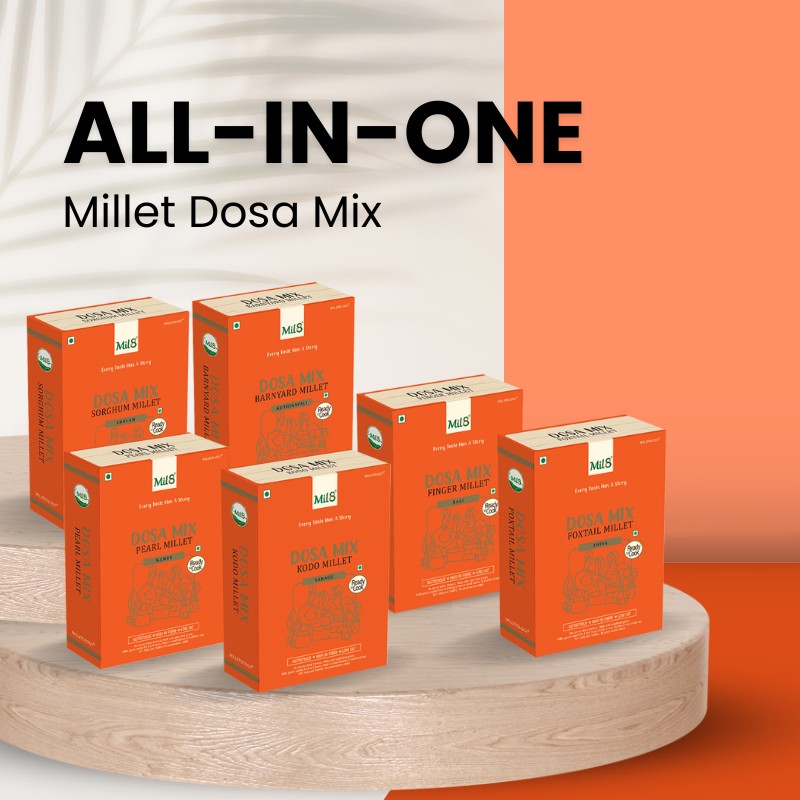Foxtail Millet | Thina
70 ₹
82 ₹
Content: thinai
Diet Type: Vegetarian
Brand: mil8
Net Quantity: 300g
No of Items: 1
Type: Millet
Millet Grains, Foxtail Millet
Millet Grains, Foxtail Millet
<p> Foxtail Millet</p>
Healthy alternative for Rice and Wheat



















